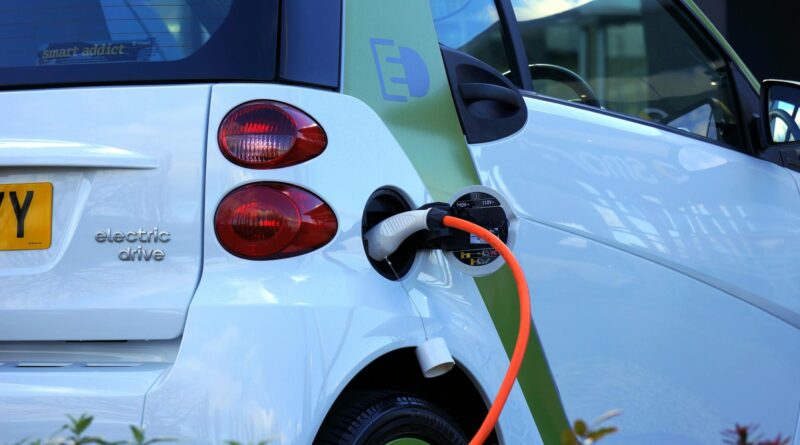When Should You Make The Jump To An Electric Vehicle?
The hype around electric vehicles (EV) is growing stronger year on year, but it’s also important to remember that these are not mandatory and you should only consider them if you’re willing to make that jump. As such, they’re something of a luxury item still, because installing electric charging ports in your walls or opting for the more expensive and reliable models take investment.
But if you’re in the market for a new car and you have the means to integrate an EV into your life, it’s worth asking a few questions. To begin with, should you go for a hybrid instead and make that step up jump on your way? Might it be that you sell off two of your household cars to combine into one runabout everyone uses? Moreover, what are the considerations you should keep in mind when selecting the best option?
In this post, we’ll provide the insights you need:
Will An EV Fit In Your Life?
An EV might sound like a very cool investment, and a leap into the future, but why should you choose that over other cars? Understanding that is about understanding your own lifestyle. For example, how often do you drive, and how far do you go? Where do you usually park, and do you have access to charging stations? How much do you spend on fuel, maintenance, and insurance? Are you deeply concerend about the environment? Will you save money on that ULEZ toll cost? These are some of the questions you should ask yourself to determine if an EV is right for you at this moment or not. If not, that’s fine, you can always wait a few years for the market to grow and become more competitive.
Compare Different Models & Features To Budget Your Future
Already, there are many types of EVs available in the market, such as battery electric vehicles (BEV), plug-in hybrid electric vehicles (PHEV), and fuel cell electric vehicles (FCEV). Each type has its own advantages and disadvantages. On top of this, you might also be able to find seemingly aftermarket options for proprietary models, making the assumed cost easier to handle. For example, Tesla cars are notoriously expensive to repair or replace, but with Tesla Model 3 Parts, you may find something you need easily.
You should also consider the features and specifications of each model, such as battery capacity, charging speed, safety, and warranty. If you wait a year, you may also see just how these options continually upgrade. Follow the scene, and you’ll have fun seeing the blossoming market grow. Then you decide when to enter it.
Plan Ahead For The Transition
If you’ve decided, plan ahead of that new transition. Most things are similar, it’s just a car after all, but you should prepare yourself and your vehicle for the changes that come with switching to an EV.
For example, you should install a home charging station or find a nearby public one and a few on your most common route, and learn how to use it properly. You should also familiarize yourself with the EV’s dashboard, controls, and indicators, and how to monitor and manage the battery level and consumption too – EV’s tend to be technologically much more sophisticated than other cars, so prepare for that. In some cases, trading in your car for an EV could give you tax rebates or credit, so see what you’re eligible to also.
With this advice, you’re sure to make the jump to an electric vehicle as and when it may be necessary.



